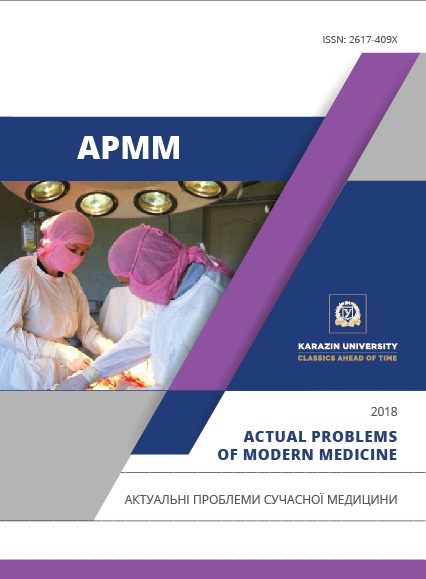THE ROLE OF POST-TRAUMATIC HYPOTENSIA IN THE TREATMENT OF TRAUMATIC DISEASE
Abstract
This study is based on the experience of treating 127 victims with a diagnosis of “Polytrauma, shock II-III degree” with soft tissue injuries, fractures of the upper and lower extremities, pelvis, spine, chest, abdominal organs without loss of consciousness, which the team at the scene emergency medical assistance was provided to the ambulance, and in the anesthesiology and resuscitation department of the “AI. Meshchaninov Hospital of Emergency Medicine”. The three groups were formed: 40, 51 and 36 victims with randomization by severity of injury (ISS scale), severity of general condition at the time of admission (APACHE II scale), by duration from the moment of injury to admission to hospital, by structure of injury and on a scale of Glasgow. In each of the periods, a different local protocol of anti-shock intensive care was applied. In all patients, the mean, systolic and diastolic blood pressure was repeatedly measured, and the heart rate was recorded. At the hospital stage during the first 2 hours from the moment of receipt, these parameters were determined with an interval of 5 minutes. At the same time, average values for the entire observation period were used for the calculation - in the hospital and at the prehospital stage. The stroke volume, the minute blood volume, the cardiac index, and the total peripheral vascular resistance were also determined. Hemodynamic parameters were analyzed at various stages of medical care, the number of complications, the length of stay in the intensive care unit and the mortality rate in patients. Based on the results obtained, an intensive care algorithm was formed for a polytrauma with signs of hypovolemic shock, aimed at obtaining the maximum result in the shortest possible time and allowing reduce the number of complications and postoperative mortality.
Downloads
References
Bagdasaryants V.G. Features of providing phased care to injured people with a combined pelvic injury in trauma centers // Emergency Medical Aid. 2010. No. 2. P. 76-78. (in Russian)
Blazenko A.N. Assessment of informativeness of diagnostic methods for combined and multiple injuries in the acute period of polytrauma in a multidisciplinary hospital// First Honey. help. 2011. No. 4. P. 68-75. (in Russian)
Elskiy V.N. The concept of a traumatic disease at the present stage and aspects of predicting its outcomes // Archive of clinical and experimental medicine. 2003. V. 12, №1. P. 87-92. (in Russian)
Gavrilin S.V. Traumatic disease: state of the problem, course options // Vestn. anesthesiology and resuscitation. 2009. № 3. P. 2-7. (in Russian)
Regehr Ch. Social support, self-efficacy and trauma in recruits and experienced firefighters / Ch. Regehr, I. Hill, T. Knott // J Stress and Health 2003; N 4. P. 189–193.
Schekolova N.B. Analysis of lethality, errors and complications in the treatment of victims with multiple and combined injuries // Ural Medical Journal 2015. N7. P 127–131. (in Russian)
Sokolov V.A. Multiple and combined injuries. M., 2006. 512 p. (in Russian)




